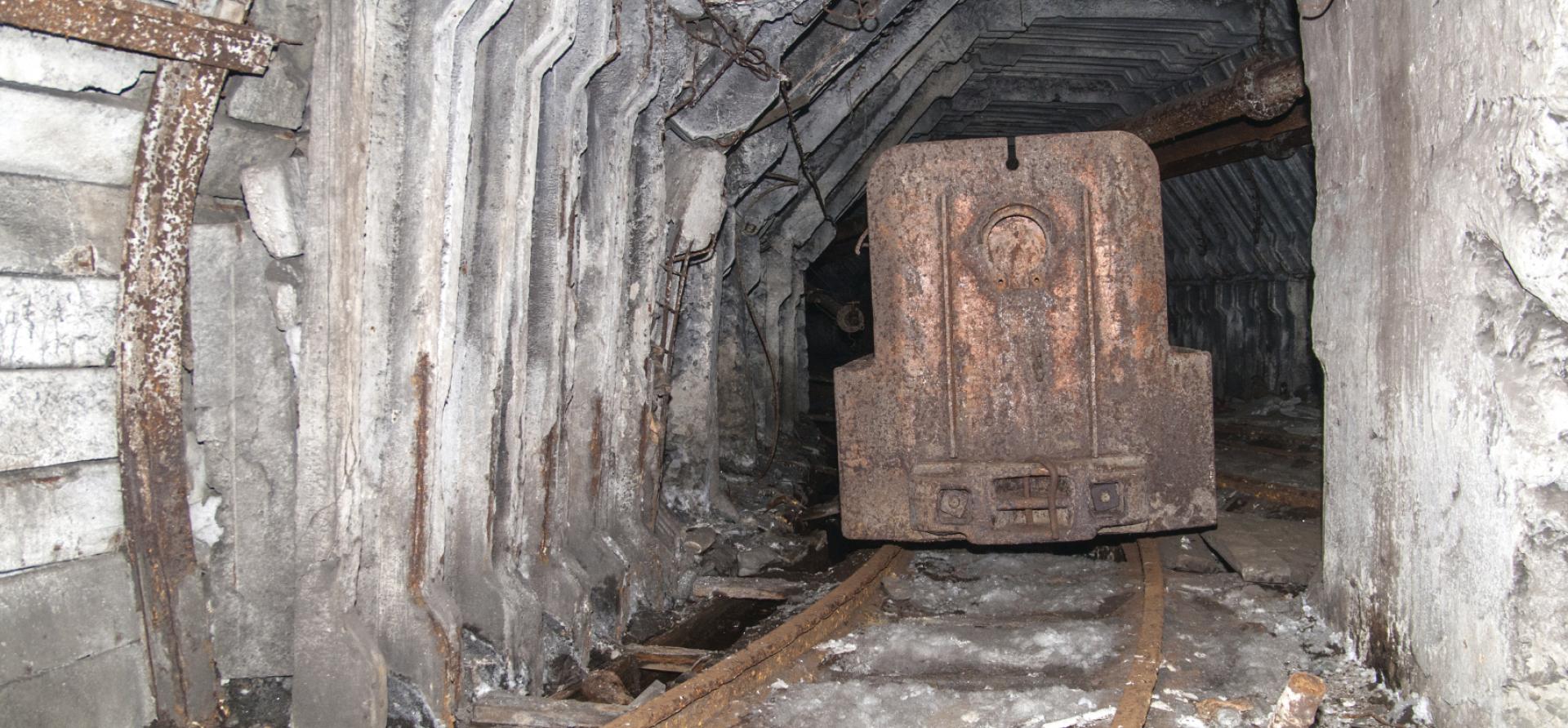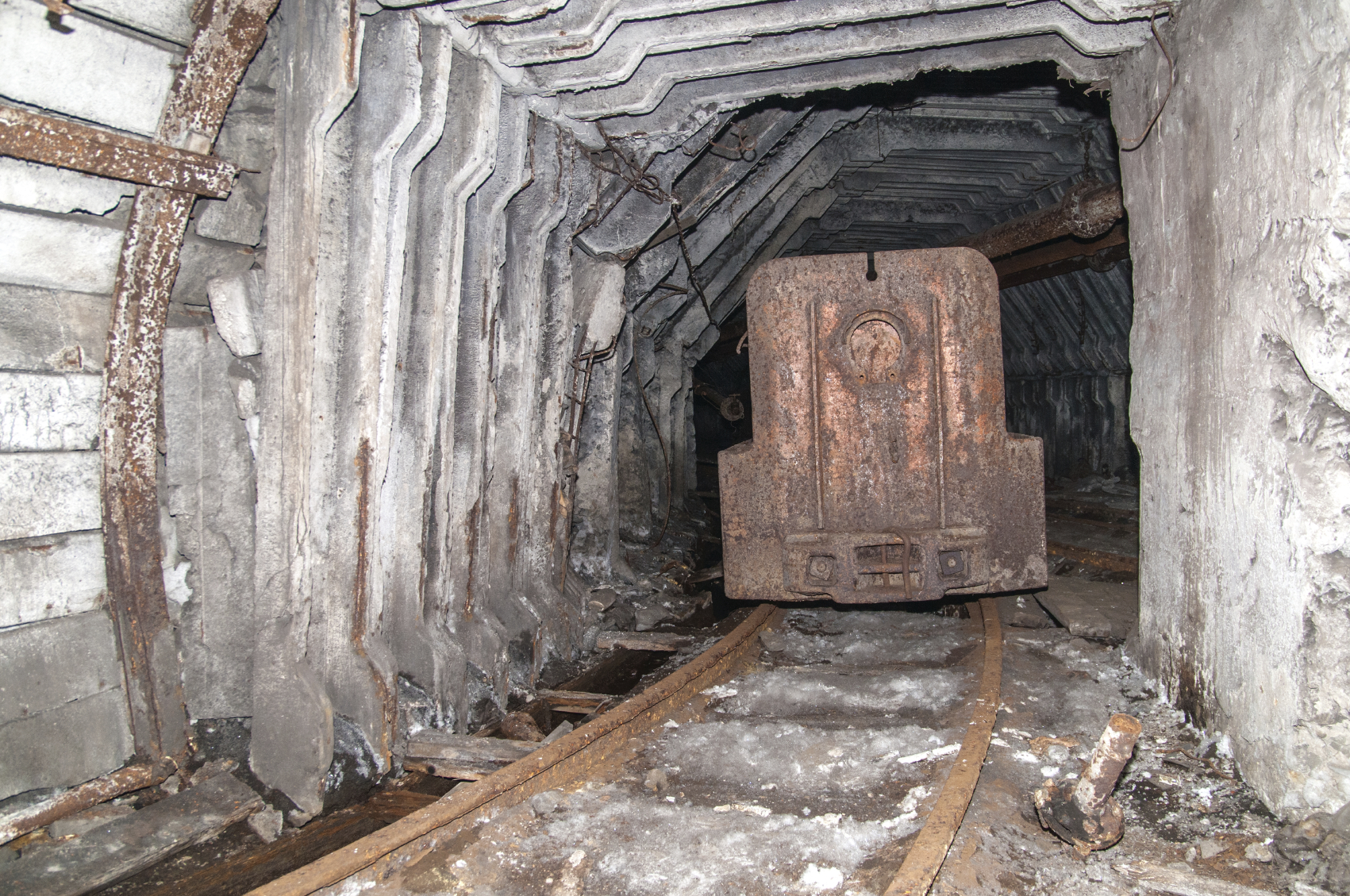Unsolved Mysteries: Has Anyone Seen These Coal Reserves?

Kudos to the Pittsburgh Post-Gazette for not only raising a hard question that gets at the soft underbelly of an industry on the ropes but that raises it in headline type.
In “Coal Reserves: Unmined or Unminable?” reporter Anya Litvak explains how the Securities and Exchange Commission is getting impatient with coal producers for dragging their feet on providing evidence for claims they make about how much coal they really have.
Increasingly skittish investors also are rightfully wondering what—quite literally—lies beneath.
Lityak highlights the arbitrary way companies calculate their coal reserves and the loose methodology (if you can call it methodology) they follow in doing so.
Reserves are supposed to be calculated, first, by geological considerations like the thickness of a slab, its depth and the difficulty of its surrounding terrain. After that, engineers and operations experts pencil out how many people will be required to get the rock out of the ground, how many machines are needed to mine the coal, and how much diesel fuel it will take. From there the suits calculate debt payments, overhead, profit.
Then the top-level folks divine a price at which they need to sell the coal. That price drives the reserve levels. In theory, if the market price drops below whatever the CEO has inside his head for a long enough period, the reserve levels drop—unminable coal—and the company shrinks in size. But the number the CEO keeps in his head, stays there.
A trade secret, you know.
COAL PRICES HAVE BEEN DROPPING DRAMATICALLY FOR A NUMBER OF YEARS NOW. A turnaround is not on the horizon. And while some companies are reducing the value of their reserves, very few are changing their reserve calculations altogether.
In pressing Alpha Natural Resources just ahead of its recent bankruptcy filing on exactly what price is used in its reserve-level calculation, about all the SEC got in reply was a mumble—a mumble it must accept for now because policies in the U.S. around what defines coal reserves are so vague and subjective.
The Society of Mining Engineers has questioned this flaw for a long time now, urging the U.S. coal industry to adopt international standards that are more rigorous and that would let investors have a better look inside. One of the deep ironies here is that U.S. companies today are promoting aggressive coal-export-to-Asia schemes by presenting themselves as global prime-time players even though they operate by half-baked rules.
A word or two of warning to on the coal industry, going forward:
- Investment bankers and coal-industry CEOs will continue to overvalue coal reserves.
- These overvaluations will persist even in bankruptcy and distressed-sale proceedings, in no small part because bankers like big fees and because big-ego CEOs cannot abide presiding over tiny empires.
- The new deals, the new companies, the new Master Limited Partnerships and all the other new arrangements the industry shakedown will hatch will most likely follow the model established by Patriot Coal. Straight to a second bankruptcy and another round of distressed-asset sales.
A couple of weeks ago, UBS put out a projection that said coal’s market share of electricity generation in the U.S. would decline to 18 percent by 2030 from 50 percent just 15 years ago.
Energy-market momentum does not favor coal.
Who can say where and when production and price declines will stop, what mines are likely to remain profitable, which business models can survive, or what value propositions will work for which kind of investors?
How much coal is truly minable?
Who knows? But it’s a lot less than the CEOs say.
Tom Sanzillo is IEEFA’s director of finance.
















